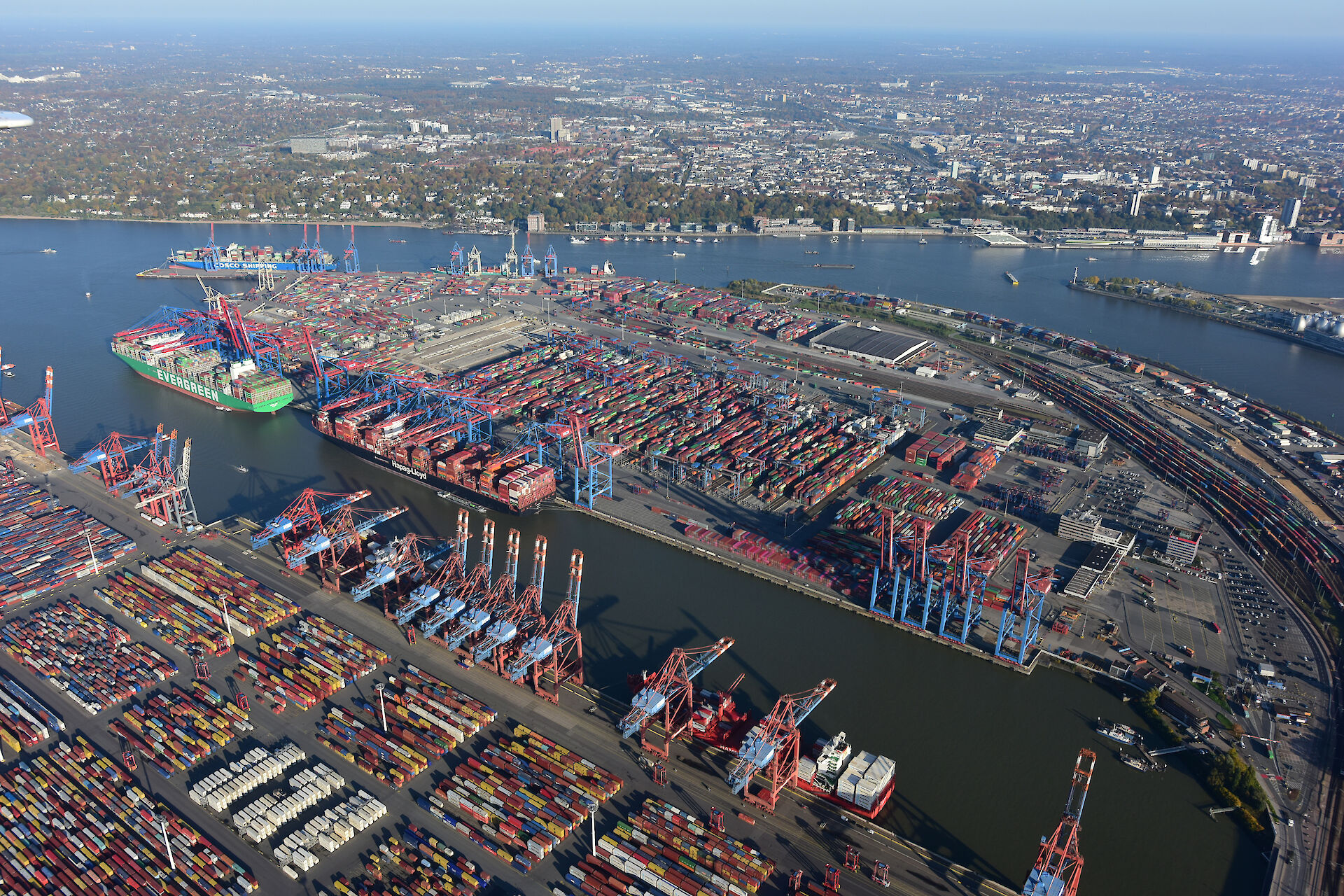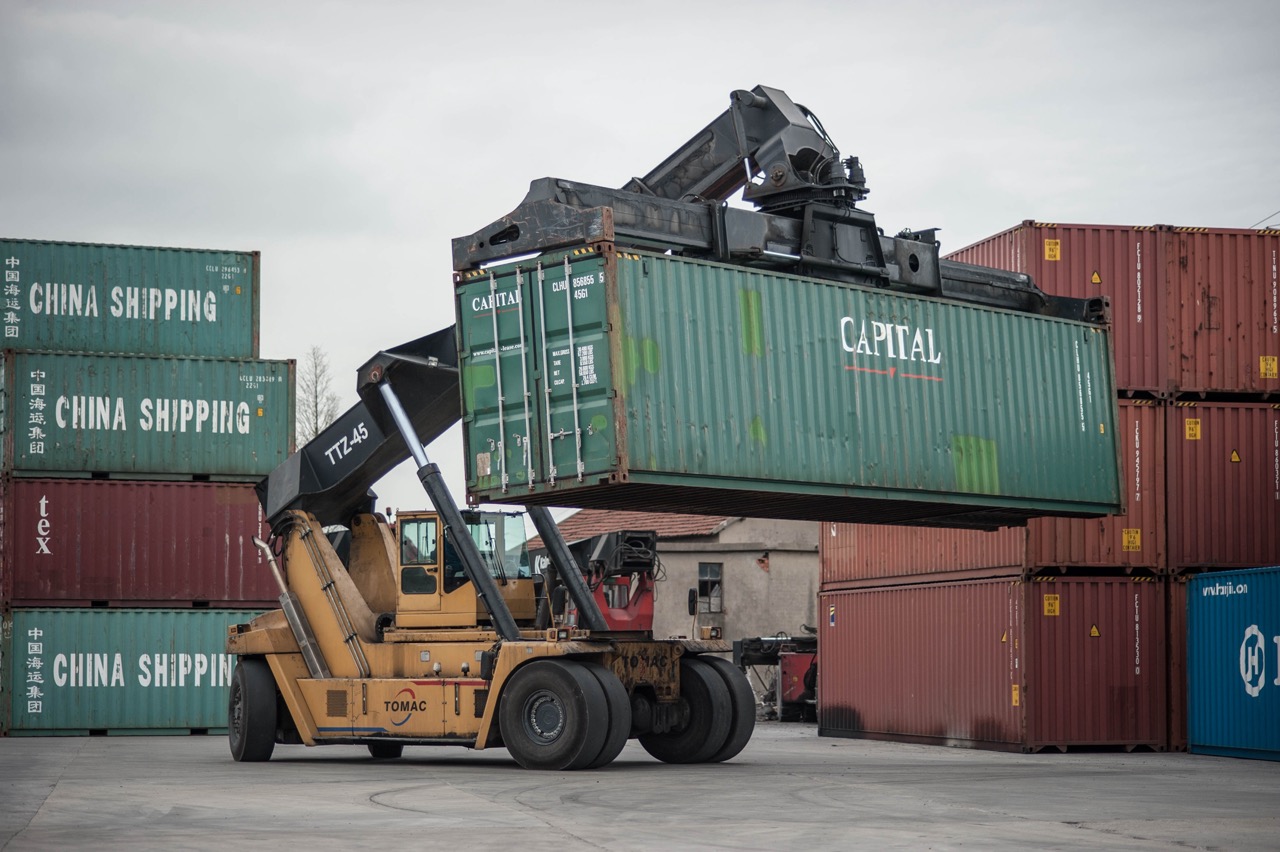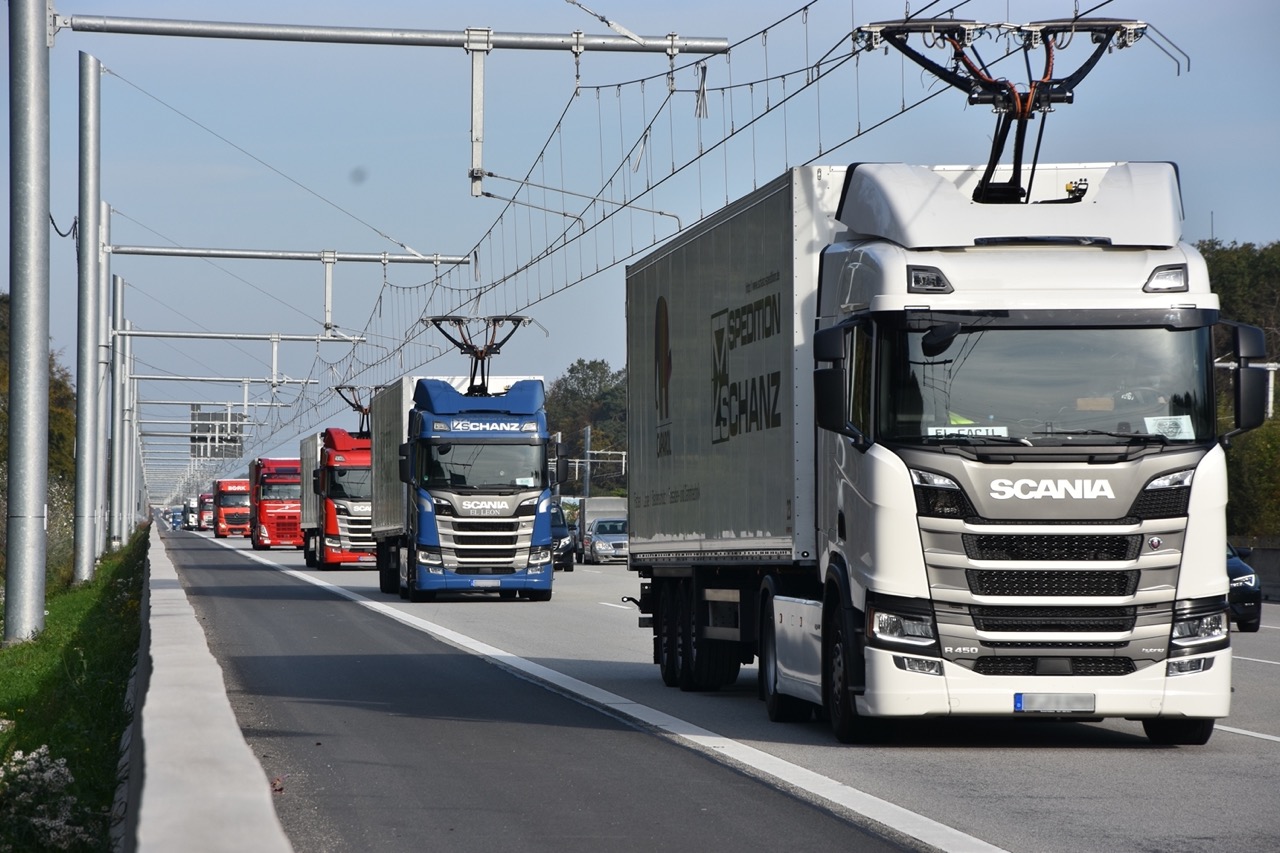What problems can truck delays
Efficient operations are vital to the logistics sector. However, various obstacles often impede them. One of the most common problems in the industry is truck delays.
This refers to the loading time during which drivers wait to start their journey. According to surveys, this takes up 17-29% of the total time.
This problem can be a significant barrier to improving operational efficiency:
- The per-mile payment a driver typically receives does not include waiting time.
- Some companies charge an additional fee for extended downtime. The cost varies from US$25 to US$50 per hour and can be as high as US$250.
- Delays have a negative impact on supply chain efficiency.
- The risk of missing deadlines increases.
- Service satisfaction drops.
Downtime also affects the truckers themselves, as they are not paid. This can lead to driver burnout and driver departure from the profession. This situation has a negative impact on businesses, as there is a shortage of labour in the industry.

Ways to minimise downtime
Understanding the problem is the first step to solving it. One way to minimise damage is to establish communication with all parties involved in the process. The operator should inform customers of potential delays in advance and prepare drivers for schedule changes.
Modern technology tools can help reduce the impact of delays on supply chains. IoT-based solutions provide transparent control and execution of all transport stages. Real-time tracking of shipments can help you plan the next step in resolving issues.
Another option is to implement route development and maintenance software. With this, companies can manage operations more efficiently to minimise delays.
One more way to reduce wait times is to automate logistics processes. Software solutions optimise loading schedules and prevent long downtimes. Drivers receive information about arrival and loading times in advance, helping them adhere to their schedules more closely.
Introducing automated systems can also speed up warehouse operations and also reduce delays.
When designing a route, companies need to consider several factors that can affect the outcome. In this case, it is important to have a plan B, such as offering the driver an alternative highway.
As for the truckers, their satisfaction can be increased by implementing a flexible reward system. They should have a clear plan for dealing with specific circumstances.
Implementing the steps outlined will help to improve efficiency and reduce delays.



















